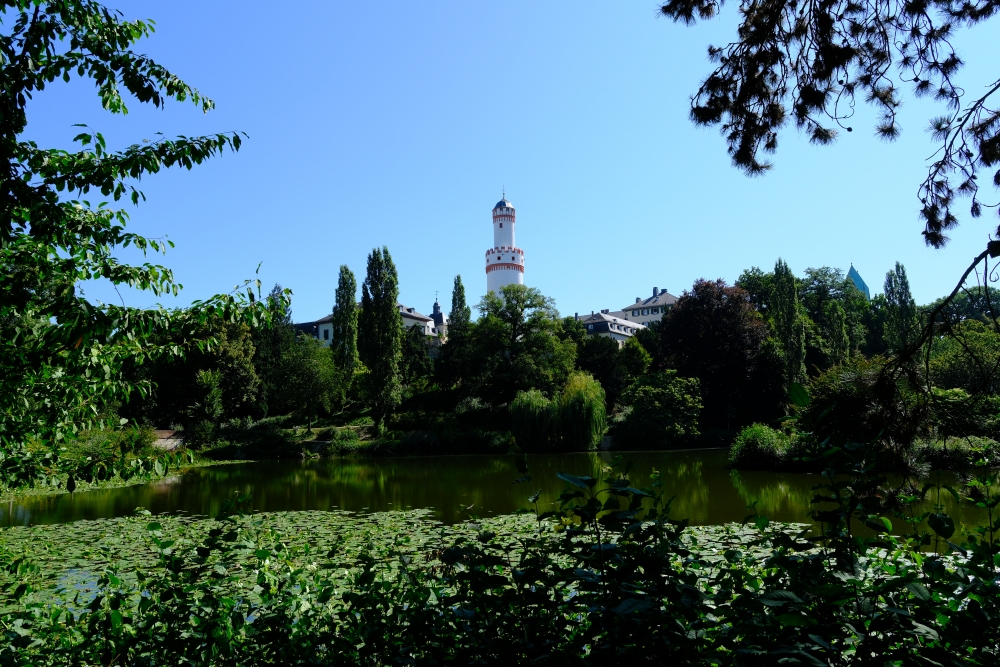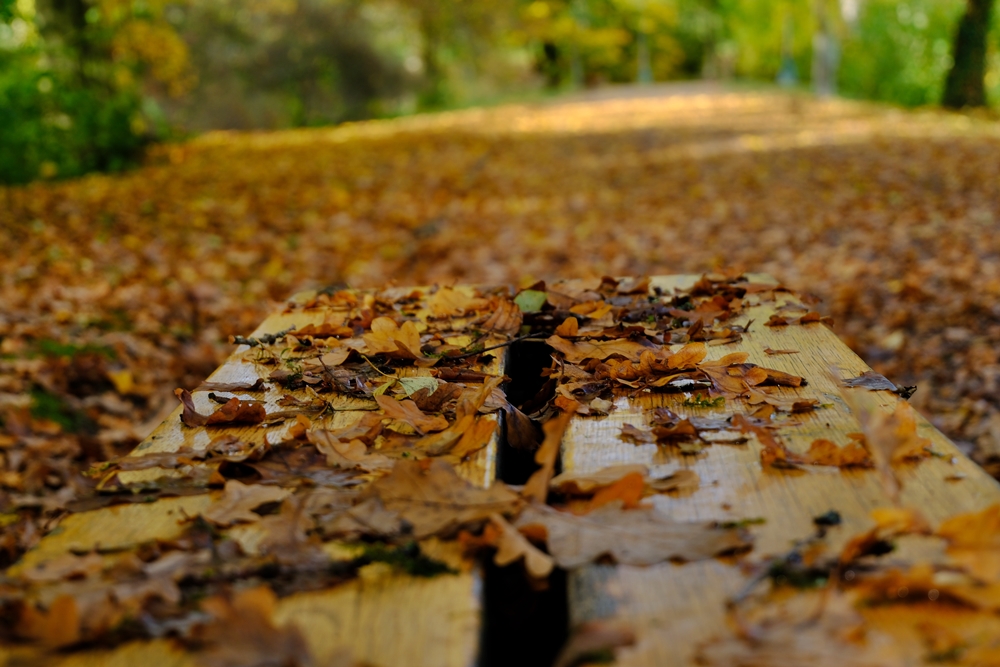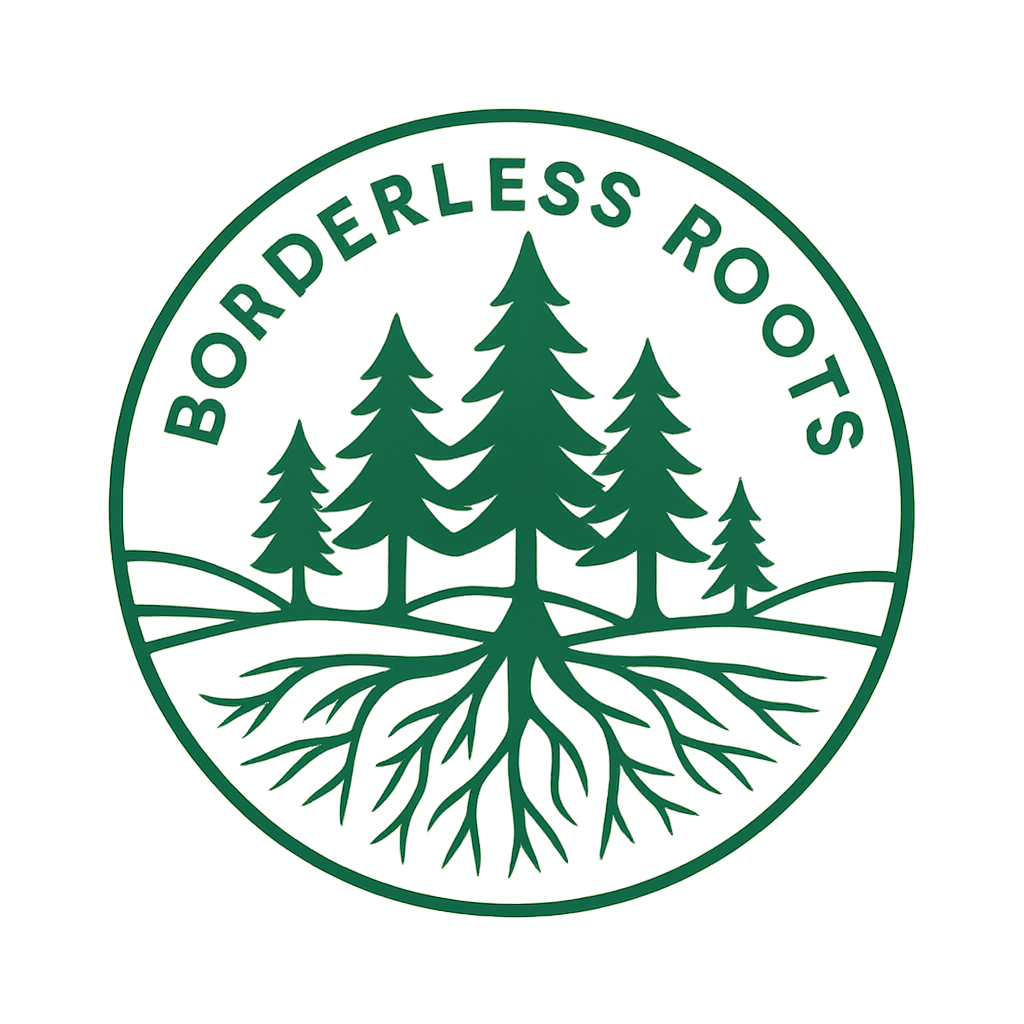A year of returning to the same landscape—photography as relationship, entanglement, and attentive seeing through time.
Borderless Roots, 12 Quiet Frames Project: By staying with one location, the work resists the urge to wander in search of novelty. Instead, it practices rooted observation — a slow geography that values attunement over discovery. In this way, 12 Quiet Frames extends the inquiry into what it means to belong without possession and to see without claiming.
Returning as a Creative Act
Each month, on the same date, I return. The path is familiar — the same bend in the trees, the same patch of uneven earth — yet something always shifts. The air carries a different weight. Light falls differently each time, tracing paths only the season can know. The sound of wind, the silence between bird calls, even my own breath — all register the quiet truth that sameness is an illusion.
Twelve visits, one frame. A ritual of looking and listening.
The project began as a photographic exercise, but soon revealed itself as a conversation. Each return feels less like documentation and more like dialogue — a call and response between self and landscape.

Schlosspark Bad Homburg, Germany 15th August 2025
To return is not to repeat. It is to participate. Each time I arrive, I bring new weather inside me; each time I leave, the place has changed in ways that only slowness allows me to see.
The lens becomes less an instrument of capture and more an instrument of listening. The landscape is not a backdrop to my presence but a collaborator in it. Returning, then, becomes an act of relationship — not mastery, but meeting. The work begins where the notion of control ends.
A Year in the Same Frame
Each month, I arrive with the same intention — to stand in the same spot, on the same date, and make one image. The discipline is simple in theory, but the practice is anything but. What I photograph is never the same, even when the frame is.
This constancy of place reveals the impossibility of control. Over the months, I stop chasing precision and begin to notice rhythm: the slow decay of leaves, the way colour softens in winter’s breath. The more I return, the more the landscape reveals its own agency — a presence that shifts regardless of my attention, yet somehow welcomes it.
To return is to listen with the body, to accept that knowledge here is not captured, but lived.
Seeing With, Not At
Entanglement begins quietly — in the awareness that the act of photographing is never neutral. Each image bears traces of what touched it. The photograph is not a record of a moment but a meeting within it.

To see with, rather than at, means surrendering the illusion of distance. The lens becomes a point of contact — a place where human and landscape negotiate visibility together. The wind shapes the exposure; the light reshapes my gaze. Over time, I realise that what I thought I was witnessing was, in fact, witnessing me. The landscape leaves its imprint on me as surely as I leave mine on the image.
The Gift of Repetition
Practice was never about the photography. It was about what happens in between — the quiet noticing, the surrender to slowness, the recognition that returning is a form of care.
Repetition, once thought to promise sameness, becomes a teacher of difference.
Change is not always visible, and stillness is never still. The landscape does not simply endure my looking; it shapes it, softens it, teaches it patience. In learning to see the same place differently, I begin to see myself differently — not as an observer standing apart, but as a small, breathing part of a living continuum.
The work, in the end, is not about what I captured, but what I learned to receive.

Leave a Reply